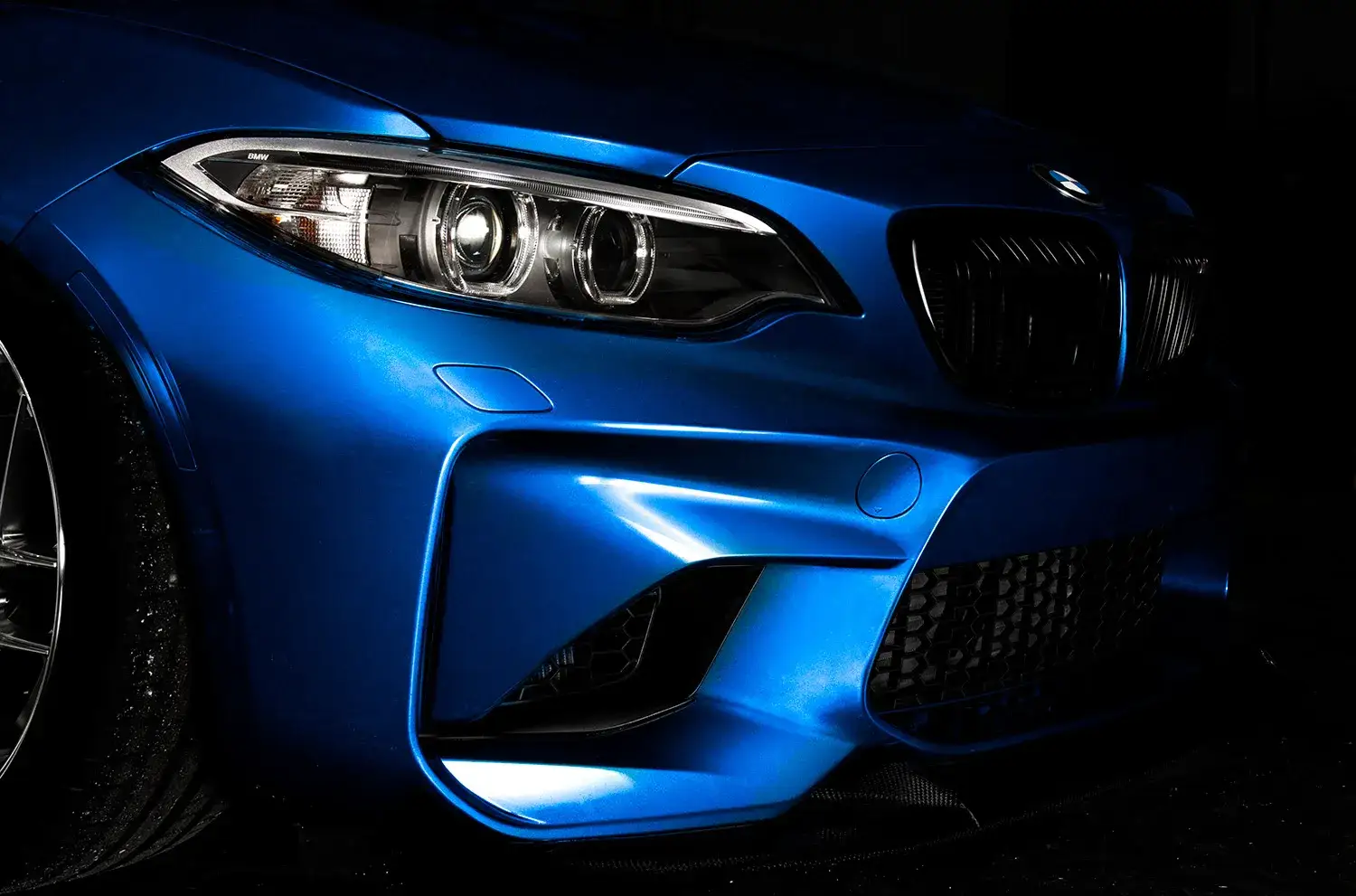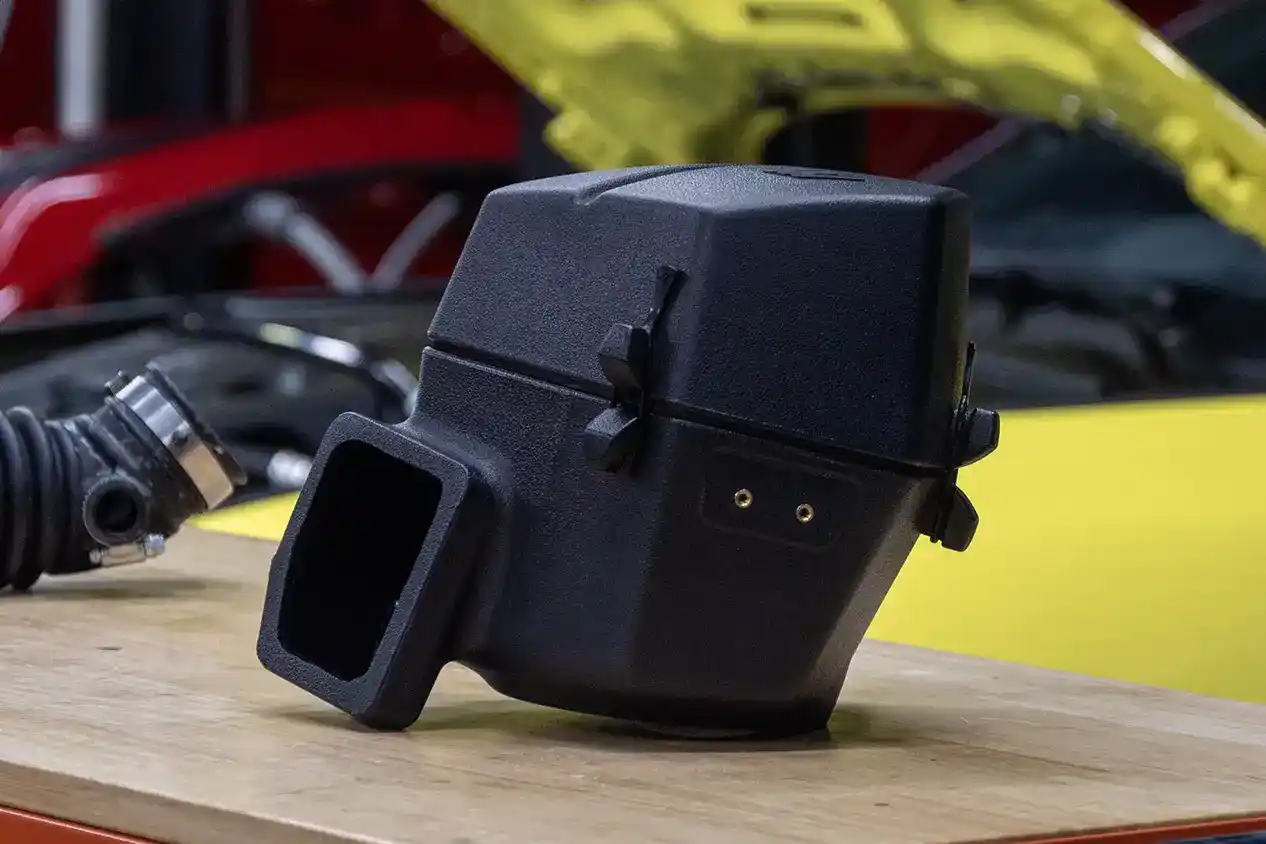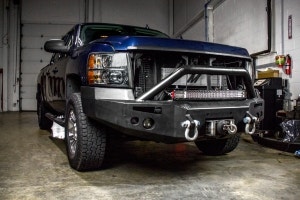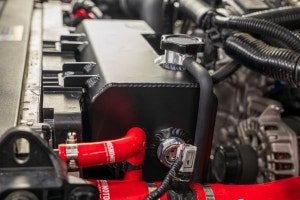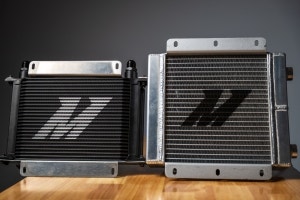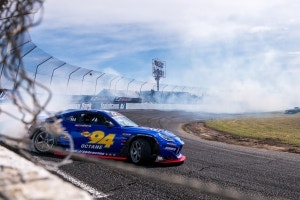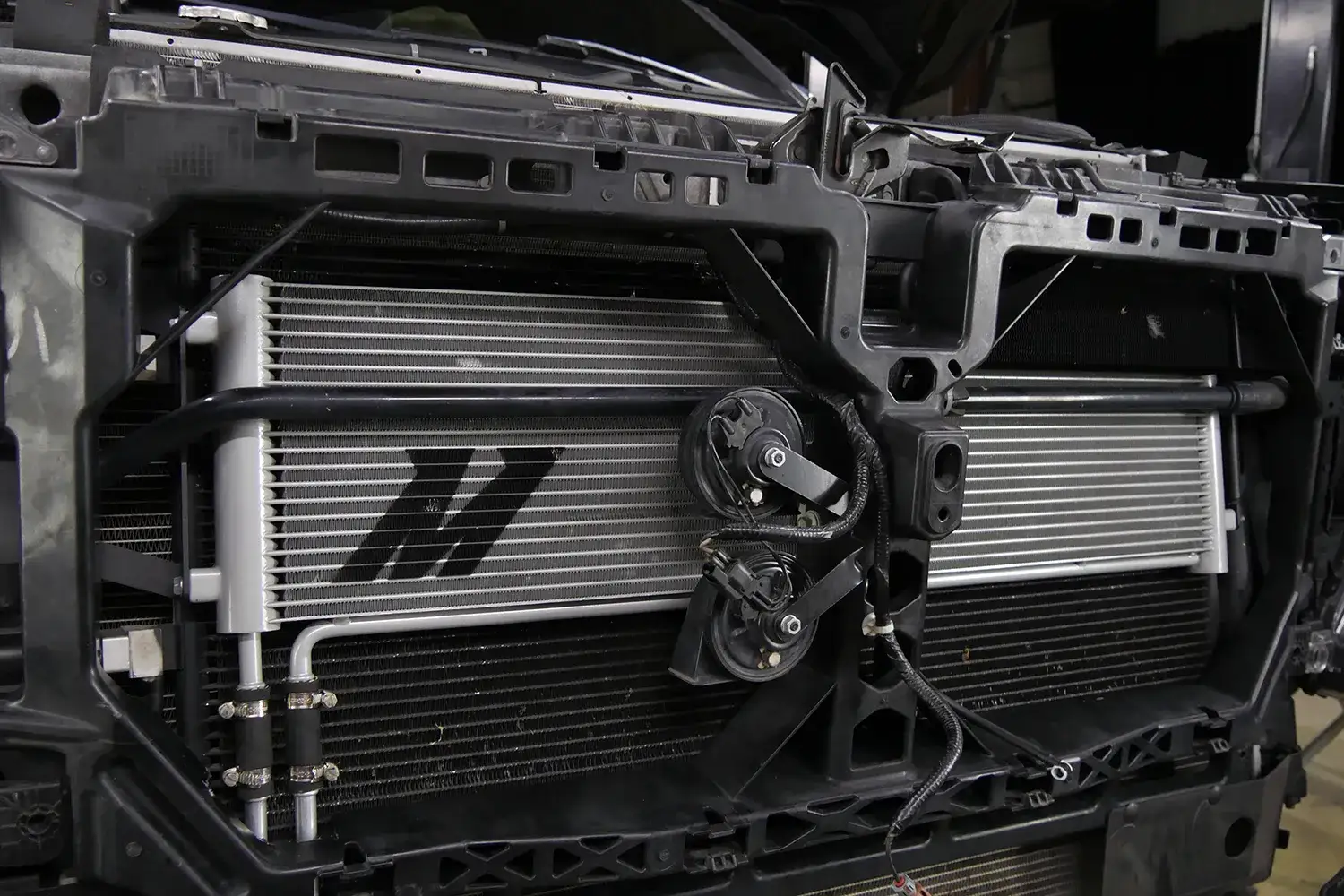In 2006, BMW introduced a new mass-produced turbocharged engine for the first time in twenty years—the N54. Three years later, they released the N55 as a successor to the N54, which offered fuel efficiency and reliability improvements over its predecessor. While the two engines have their differences, at their core they’re both three-liter, turbocharged straight-six engines, both put out over 300 horsepower, and both were used for as the powerplant for numerous BMW models. But they have something else in common—a weak point.
BLOG CATEGORIES
- The Ultimate Guide For Intercooler Selection
- Air-to-Water vs. Air-to-Air Intercooling
- The Top 3 Things to Look for When Choosing an Intercooler
- 12 Ways To Prepare Your Diesel For Winter
- Equipment Profiles
- Coolant Overflow Tanks vs. Expansion Tanks
- Coolant Basics
- What Is Blow By?
- Do Try This at Home – 10 Easy Updates You Can Do This Weekend
- Horsepower and You
- Air Filters: Dry vs Oiled
- Air Metering 101: Maf vs. Speed Density
- Turbocharging vs. Supercharging
- Blow Off Valves Explained
- Ford Bronco 2.7L Performance Intercooler, 2021+
- Ford Bronco 2.3 Performance Intercooler, 2021+
- Ford Bronco 2.3L/2.7L Stock Performance Stock Location Intercooler, 2021+
- Ford Bronco 2.3L Performance Intercooler Pipes, 2021+
- Ford Bronco 2.7L Performance Intercooler Pipes, 2021+
- Ford Bronco 2.3L/2.7L Borne Off-Road Snorkel, 2021+
- Ford Bronco 2.7L Performance Intake, 2021+
- Ford Bronco 2.3L Performance Intake, 2021+
- Ford Bronco 2.7L Baffled Oil Catch Can
- Ford Bronco 2.7L Baffled Oil Catch Can, PCV-Side, 2021+
- Ford Bronco 2.3L Baffled Oil Catch Can, 2021+
- BMW F8X M3/M3 Baffled Oil Catch Can Kit, CCV Side, 2015-2020
- BMW M2C/M3/M4 DCT Transmission Cooler, 2015-2020
- BMW F8X M3/M4 Direct Fit Oil Cooler, 2015-2020
- BMW F8X M2C/M3/M4 Performance Heat Exchanger, 2015-2020
- BMW F8X M2C/M3/M4 Charge Pipe Kit, 2015-2020
- BMW F8X M2C/M3/M4 Performance Air-to-Water Intercooler, 2015-2020
Monthly Archives: February 2024
-
Continue Reading »
-
Posted: February 02, 2024Continue Reading »
When Nissan planted the powerful VR30DDTT 3L V6 engine with twin turbochargers in the Nissan Z, there wasn’t much room left in the engine bay. The cramped area didn’t allow enough space to accommodate the traditional top-and-bottom-split airbox design, so they created a unique single-piece airbox with vertically inserted panel filters that maximized flow while minimizing size.
As enthusiasts and engineers, we tipped our hats to appreciate the work Nissan did with this design. But we couldn’t help but ask ourselves—how can we make it even better?
